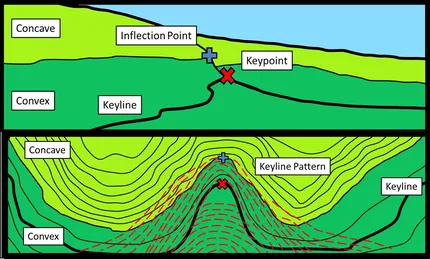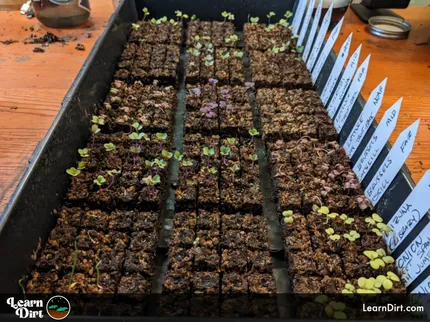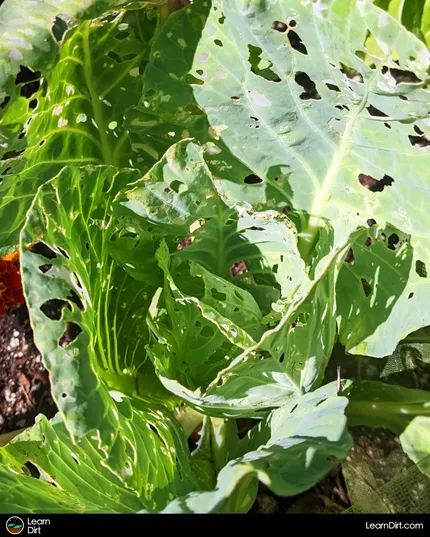Table of Contents
- Harvesting Rainwater From Rain Roofs
- Earthworks for Rainwater Harvesting
- What if it Rains TOO Much In Your Climate?
- Final Thoughts...
* Our articles never contain AI-generated slop *
If you're growing a few potted plants on your deck, your water expense will probably not even be noticeable.
Once you start growing a few hundred or a few thousand square feet, though, water can quickly become a costly input. This is especially true if you garden in an arid or semi-arid environment, where water is more scarce and more expensive.
Let's jump into some ways you can harvest more rainwater for you garden, so you can lower your water bill and raised your sustainability.
Disclaimer: This post may contain affiliate links. Refer to the privacy policy for more information.
Harvesting Rainwater From Rain Roofs
Downspouts on gutters can be piped into rain barrels, IBC totes, or poly tanks.
Rain roofs can also be built on the ground as free-standing structures which can far exceed the harvestable area on the roofs of buildings.
These systems can get as big and complicated as you want, and can expand to numerous tanks, settling tanks, filtration systems, etc.
Look into seamless gutters if you're going to build a rain roof, as well as something other than traditional shingles which may leach chemicals.
Earthworks for Rainwater Harvesting
Earthworks may include digging swales and berms on contour, implementing Keyline Design, recharge basins, etc.
The goal of earthworks is to slow the flow of water down, spread it down, and sink it into the earth.
Join The Grower's Community
A FREE, friendly forum
where you can ask questions,
swap tips, and meet like-minded growers 🌱
Check It Out!
Harvesting Rainwater With Basins
Rainwater harvesting can be as simple as planting your fruit trees in dug out basins. Rainwater can pool and collect in a basin and slowly infiltrate into the soil rather than eroding it away.

Harvesting Rainwater Through Keyline Design
Keyline Design takes swales and berms a step further by aligning them on contour and focusing on inflection point.
Rainwater loves to run straight down hill, taking the shortest path possible. That means less time for water to infiltrate into your soil, and less surface area on contact with that water.
Keyline design seeks to do exactly the opposite - slow that water flow down, spread it out, and force it to contact the maximum possible amount of soil surface area before running off of your land.
Sometimes rather minor earthworks on your land can have a momentous effect on infiltrating rainwater. If you understand your contours and keylines you can make strategic changes to your land which can literally bring more life to the land on the rains.
What if it Rains TOO Much In Your Climate?
If you live somewhere where it rains a LOT, you've likely got the opposite problem. So how do you get rid of water when it's over-abundant?
Drainage!

Final Thoughts...
The more you work with your land to capture and utilize rainwater, the lower your water cost will be for growing.
While not every climate can support everything you might want to grow on rainwater alone, there is always room to improve your rainwater capture, harvest, and utilization - even (and especially) in the driest of climates.
This can really transform your garden and your land if done with intention.
That's all for now, thanks for reading!
If you have any questions, comments, or would like to connect with fellow gardeners, head on over to the forum and post there.





![Black Dirt Live Again [Purple]](/media/product_images/black-dirt-live-again-[purple]_shirt_260x260.png)
![Black Dirt Live Again [Green]](/media/product_images/black-dirt-live-again-[green]_shirt_260x260.png)




















